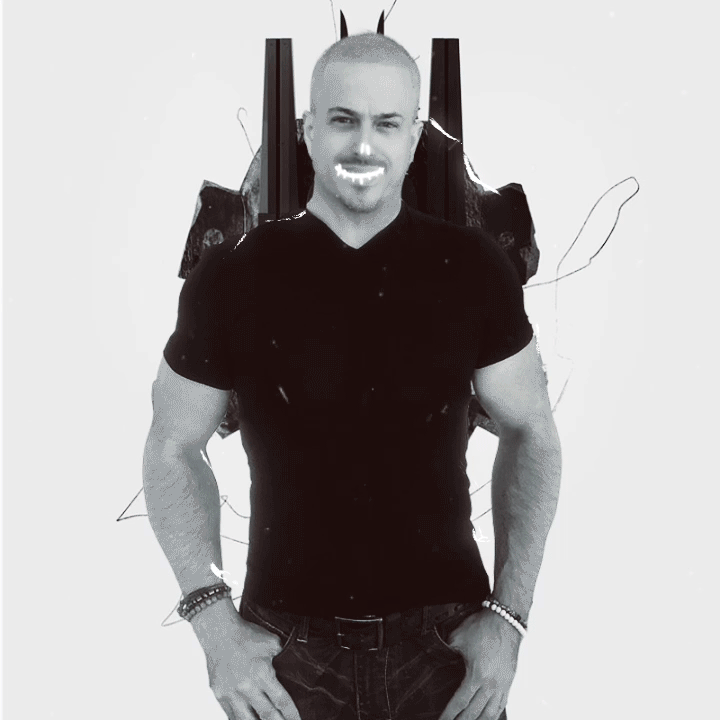
What is Web3? • Nexo
Web3 is the next step in the natural evolution of the Internet. It follows the gradual progression from Web1 and Web2 to usher in a new era where control of information and digital assets is no longer centralized.
To use a financial analogy, if Web1 represented the era of keeping your money and sensitive information under the mattress, Web2 was the age when these were stored in a bank vault. Web3, on the other hand, allow users to interact directly with each other and with decentralized networks, enabling them to securely share and manage their own data and assets.
What is Web3?
Web3 aims to provide a permissionless, trustless, and decentralized way of generating, distributing, and owning content. To do that, it capitalizes on innovative technologies like blockchain, decentralized applications (dApps), smart contracts, machine learning, and artificial intelligence.
For example, in Web3, you will no longer have to worry if a central data repository (e.g., the servers of Meta, Google, or a governmental institution) is hacked and leaks your sensitive data. Instead of having a single data hub where all the information is stored, the decentralized Internet will have countless nodes, each serving as a separate server that stores information. Substituting the central database with distributed consensus means the network can’t be compromised.
The World Wide Web and Its Journey From Web1 to Web3
The transition from Web1 to Web3 marks the evolution of the Internet from static information with zero interaction (Web1) through a highly-interactive web centered around platforms, user-generated content, and social connectivity (Web2) to an independent, blockchain-driven transparent global network (Web3).
While the successive iterations of the web all deal with the relationship between end-users and information, they also have many glaring differences.
The concept of the Internet emerged in 1989. At the time, Tim Berners-Lee, a scientist at CERN, envisioned a decentralized World Wide Web that allowed seamless information sharing from anywhere around the world.
The first websites were read-only and very basic, offering zero interaction with the user. They served mainly for presentational and informational purposes.
Around 2004, Tim O’Reilly defined the next step in the development of the Internet, known as Web2. Its goal was to add a social aspect and engage the users more, thus making the Internet more interactive and collaborative.
Web2 made a pivot back to centralization. While this helped onboard billions of users and created a stable and robust infrastructure, it also put control in the hands of big tech companies and social media platforms.
Web3 promises to combine the best of both worlds – it will put users in charge of their information and assets without sacrificing usability and interactivity.
Instead of being monopolized and driven by large tech corporations, thanks to the underlying blockchain technology, Web3 will be operated and owned by its users.
The Web3 concept was first introduced in 2014 by Ethereum’s co-founder, Gavin Wood. He describes the idea’s core principle as “Less trust, more truth.”
What Are the Core Ideas of Web3?
Many of Web3’s core principles are already present in some applications. However, once the concept materializes fully, it will shape an ecosystem known for being:
This content was originally published here.


